Providing a riot of bright and happy colours, indigenous plants are supremely adapted to our local growing conditions. Here are some hardy, waterwise winners.
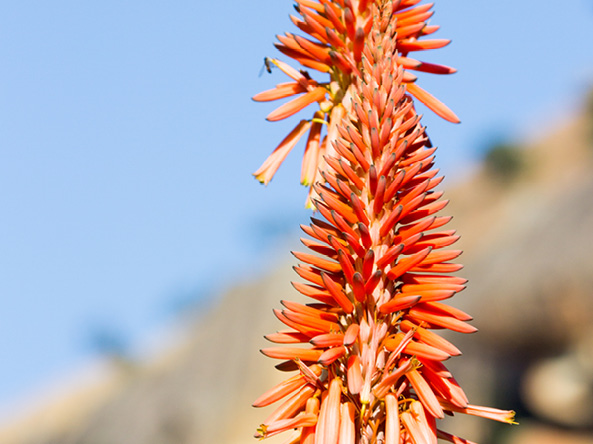
Succulents
Use striking aloes for accents – bold Aloe ferox sends out tall spikes of orange-red flowers in winter, brightening up dull corners. In rockeries and beside paths, plant masses of vygies for vivid colour. Hardy ‘plakkies’ or crassulas do well in pots: kalanchoe comes in a variety of hues and, even if it’s not indigenous, hardy echeveria’s pretty rosettes of leaves look great in quirky containers – use anything from old shoes to teapots!
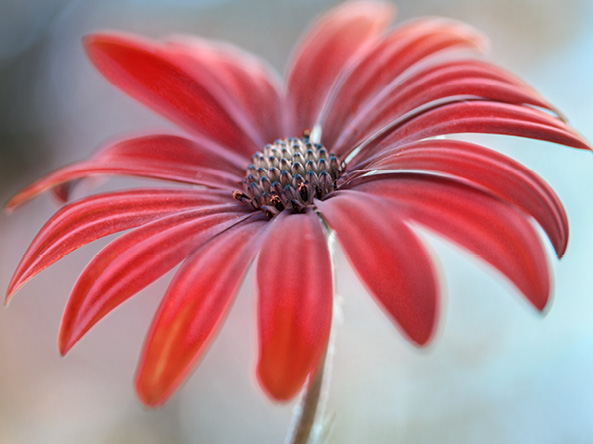
Groundcovers
For a splendid show that lasts through summer, mix two shades of osteospermums (such as purple and white) together in a large bed. Carpet geranium (Geranium incarnum) does well even in the sandiest of soils and it spreads thickly to fill difficult areas.
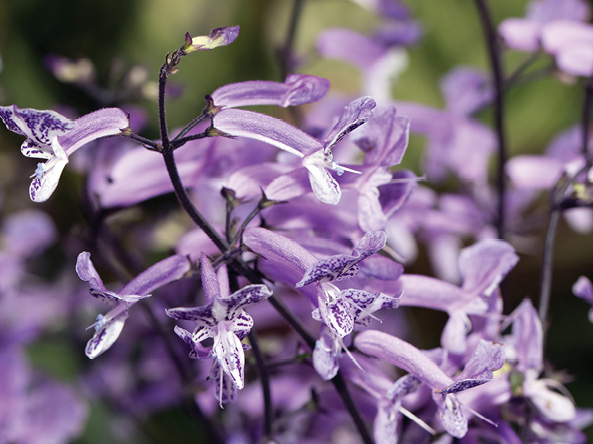
Shade-loving plants
Plectranthus or spur-flower is the answer for those difficult, dry shady spots in the garden. There’s a huge variety of them in different colours and sizes, from the creeping P. ciliatus groundcover to the shoulder-high P. ecklonii. Clivia is a gardener’s darling: it loves dappled light. Its dark, glossy strap-like leaves look good all year round and it rewards you with beautiful blooms in spring.
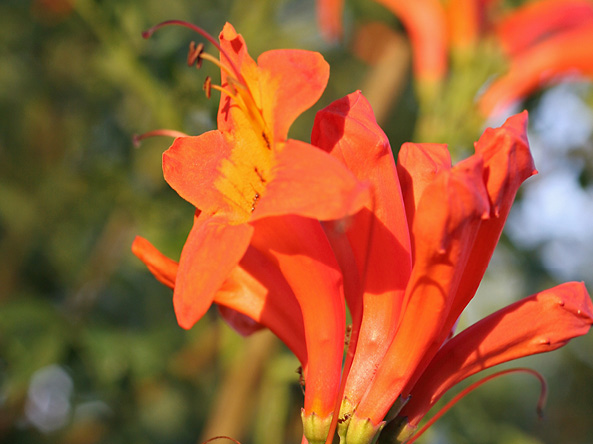
High-cover areas
Plant the scrambling plumbago among Cape honeysuckle, which will provide the structure for it to climb up. The result will be a glorious mix of sky-blue plumbago blossoms amid the honeysuckle’s palette of yellow, salmon and orange flowers. Planted in a straight row, this also makes a great natural hedge where birds and small creatures can find refuge.
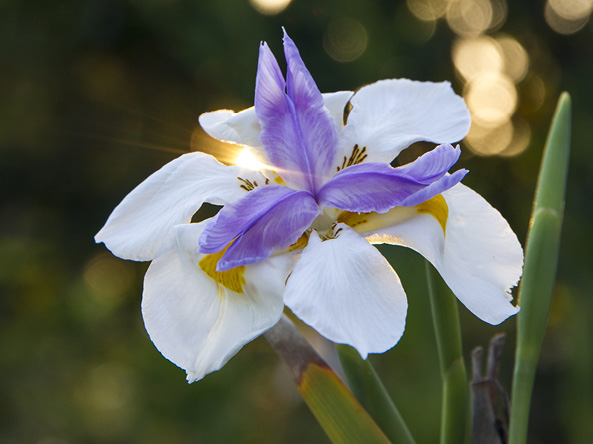
Fillers
Barleria and ribbon bushes are quick growers that add cheery colour in autumn when other plants are dying down. Plant swathes of fast-growing, versatile wild irises – Dietes grandiflora (white) and D. bicolour (yellow) – they tolerate both sun and shade. Great waterwise plants.
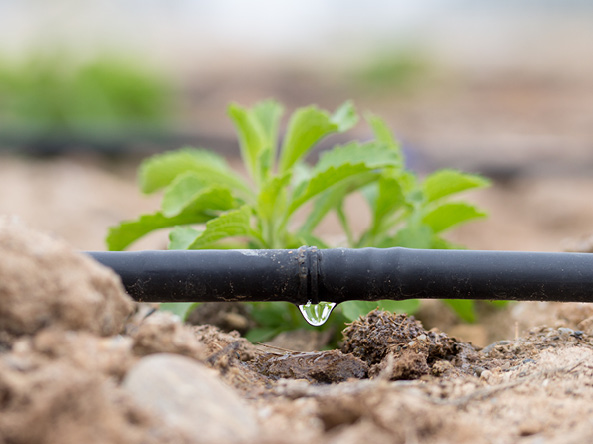
How to irrigate for waterwise plants
- Boxed starter irrigation kits are great for small areas with low-growing plants. Make sure you get even coverage by placing the nozzles on spikes close enough for spray patterns to overlap.
- Drip irrigation is the most efficient way of watering shrubs, particularly roses where wet leaves create conditions favourable to moulds and funguses.
- Use pop-up heads to irrigate lawns and check them regularly to see that they do not become clogged.










